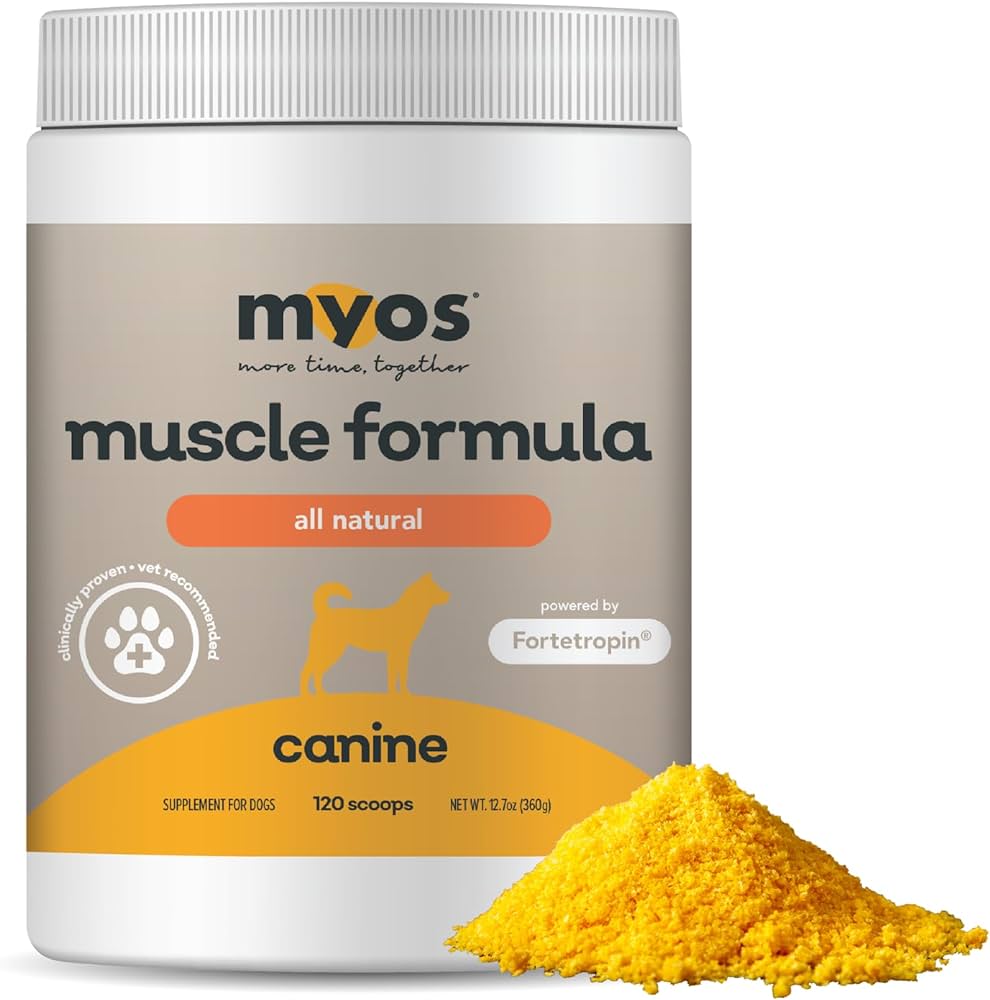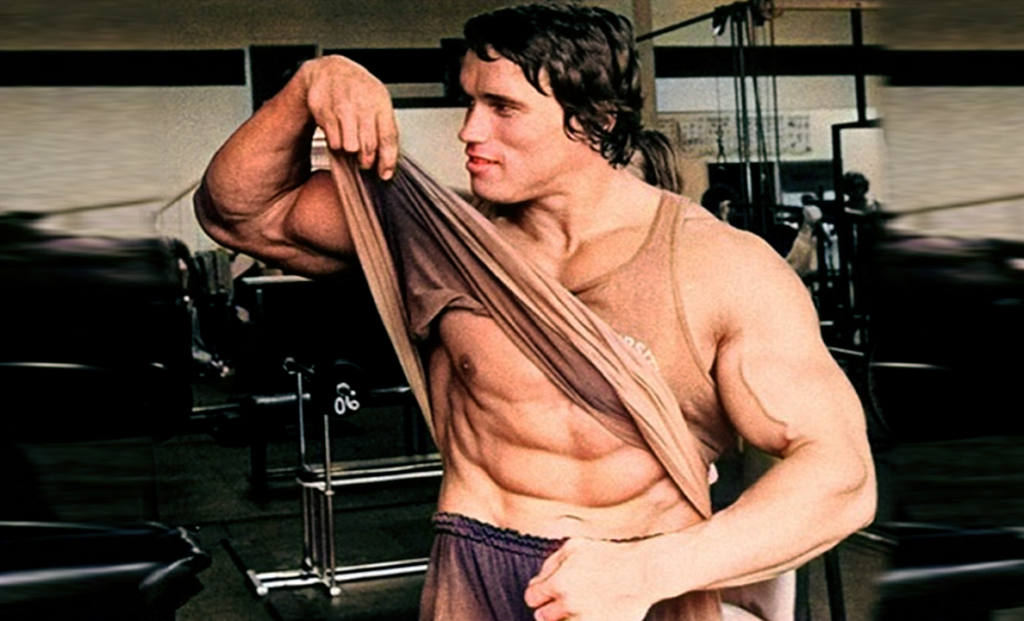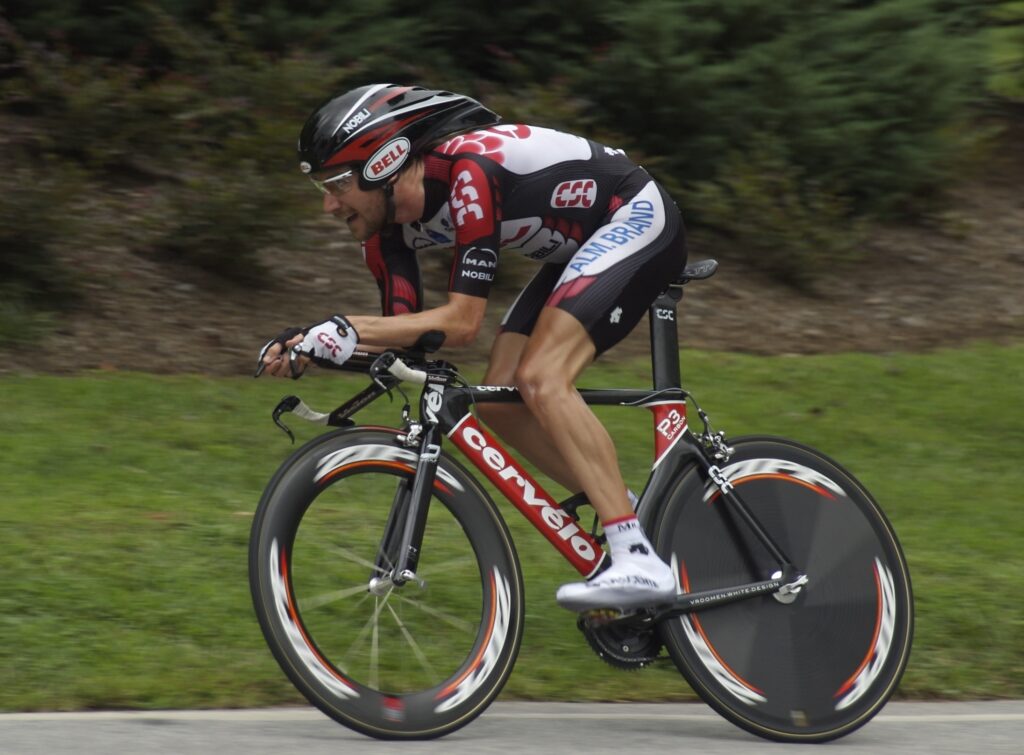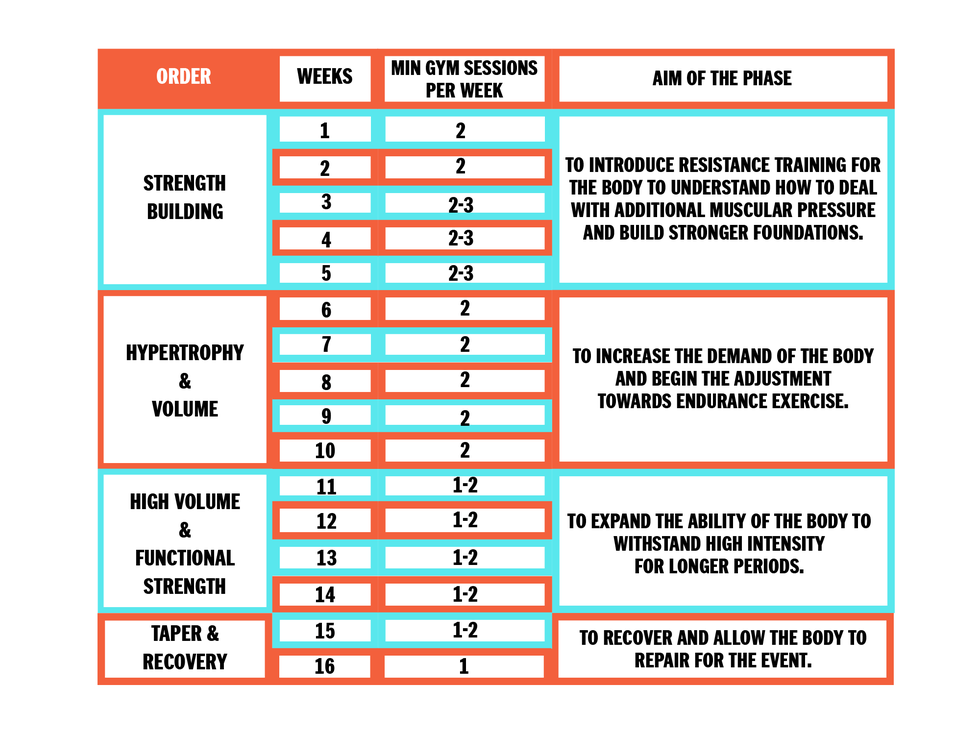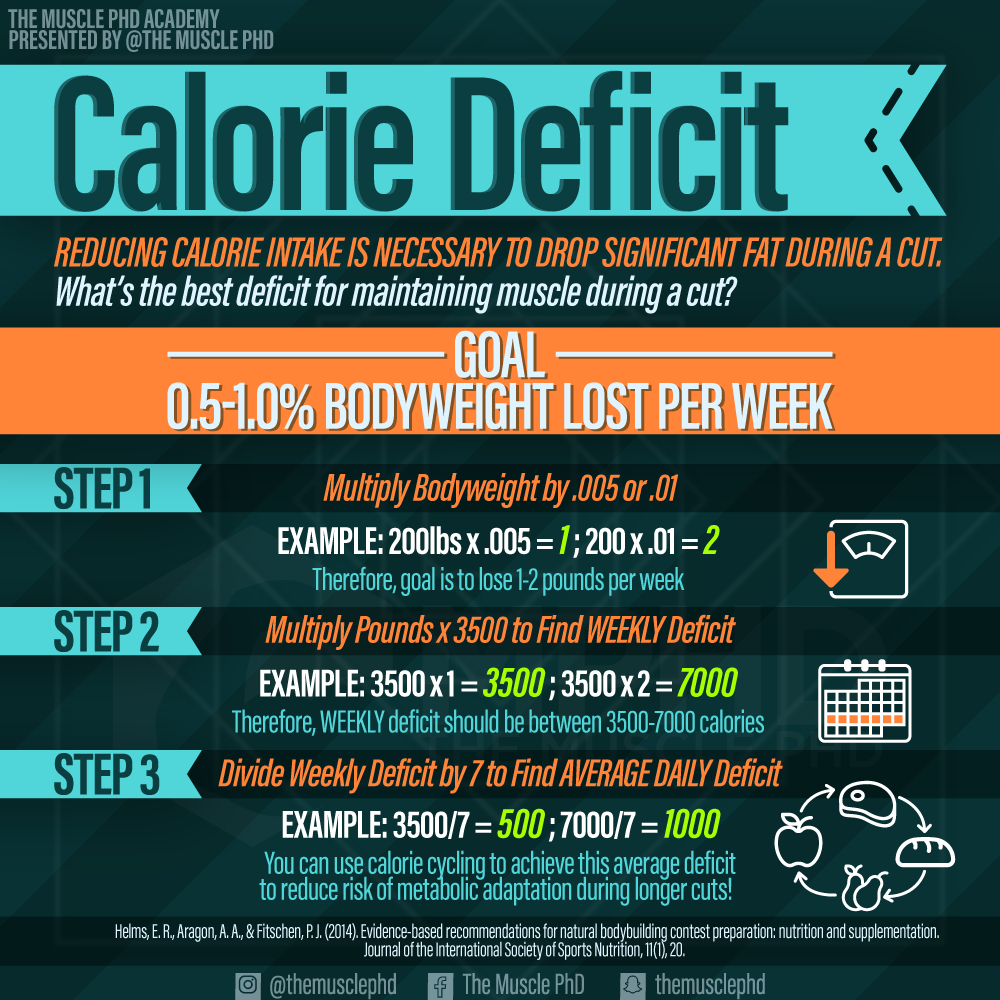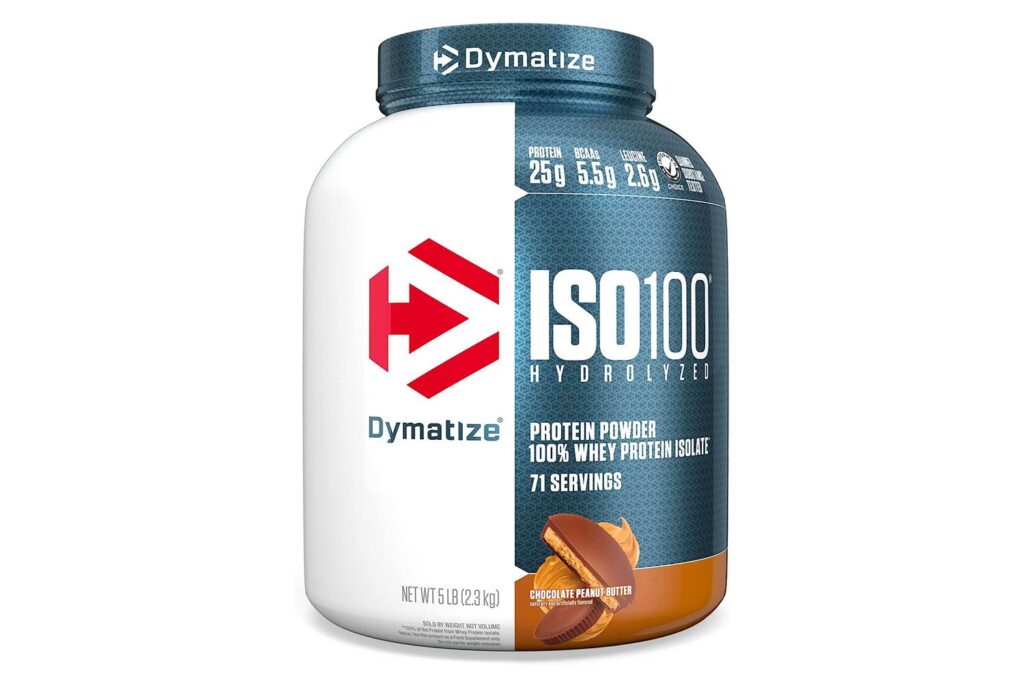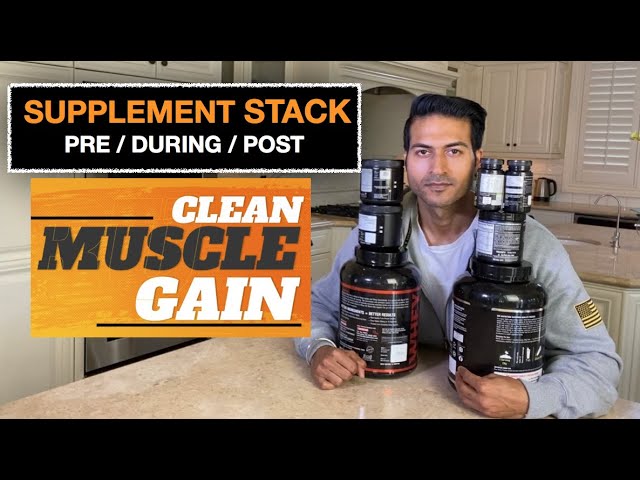To reduce muscle building, focus on decreasing protein intake and reducing resistance training. Prioritize aerobic exercises and maintain a caloric deficit.
Reducing muscle building requires a strategic approach to diet and exercise. By decreasing your protein intake, you limit the essential building blocks needed for muscle growth. Shifting your workouts from heavy resistance training to more aerobic exercises can help prevent muscle hypertrophy.
Cardio activities like running, swimming, and cycling are ideal for this purpose. Maintaining a caloric deficit ensures your body uses stored energy, potentially reducing muscle mass over time. Prioritize balanced, nutrient-rich meals to support overall health while achieving your goal. Consistency in these practices will gradually lead to a reduction in muscle size and tone.
Balancing Muscle Building
Building muscles needs a good balance. Exercise and rest are both very important. Working out too much can hurt muscles. Not working out enough won’t build muscles. Finding the right mix is key to success. Make sure to eat healthy food. This helps muscles grow and repair. Drink plenty of water. This keeps your body strong and healthy. Sleep at least 8 hours every night. Your body needs this to recover and grow.
Overtraining can cause injuries. Always listen to your body. If you feel pain, take a break. Rest days are very important. They let your muscles heal. Change your workout routine often. This keeps your body guessing. Use light weights sometimes. This helps prevent strain. Stretch before and after workouts. Stretching keeps muscles flexible and strong.
Importance Of Rest
Rest helps your muscles grow stronger. It allows your muscles to repair after a workout. Rest also prevents injuries by not overworking your body. You can feel more energized after proper rest. Recovery days improve your performance in the gym. They also reduce muscle soreness. Taking breaks helps your body adapt to the workouts. Your mental health benefits from rest too. You feel less stressed and more focused.
Take at least one rest day per week. Rest days should include light activities like walking. Avoid strenuous exercises on rest days. Listen to your body and give it time to heal. Proper sleep is crucial for recovery. Aim for 7-9 hours of sleep each night. Good nutrition also supports muscle recovery. Eat balanced meals rich in protein and vitamins.
Nutrition For Balance
Eating the right amount of calories is important. Too many calories can lead to unwanted weight. Too few calories can make you weak. Balance is key to staying healthy and strong.
Proteins, carbs, and fats are called macronutrients. They give your body energy. Proteins help build and repair muscles. Carbs give you quick energy. Fats are good for long-lasting energy.
Vitamins and minerals are micronutrients. They help your body work properly. Vitamin C helps keep your skin healthy. Calcium is good for your bones. Eating a mix of foods helps you get all these nutrients.
Effective Workouts
Low-intensity training is gentle on muscles. Walking and light jogging are good examples. These activities help in burning calories without adding muscle bulk. Yoga and stretching exercises are also effective. They improve flexibility and reduce muscle tension.
Cardio workouts like cycling and swimming are great. They strengthen the heart and burn fat. These activities help in weight management. Dancing is another fun way to do cardio. It keeps the body active and boosts mood.
Mindful Training
Always listen to your body. It tells you when to rest. Pushing too hard leads to injuries. Take breaks if you feel pain or discomfort. Stay hydrated and keep a healthy diet. Proper sleep helps muscles recover. Regular rest days are crucial for growth. Balance your workouts to avoid overtraining.
Mental health is as important as physical health. Stress affects your muscle building process. Practice mindfulness to keep stress levels low. Meditation and deep breathing help relax your mind. A positive mindset boosts your workout performance. Stay motivated by setting realistic goals.
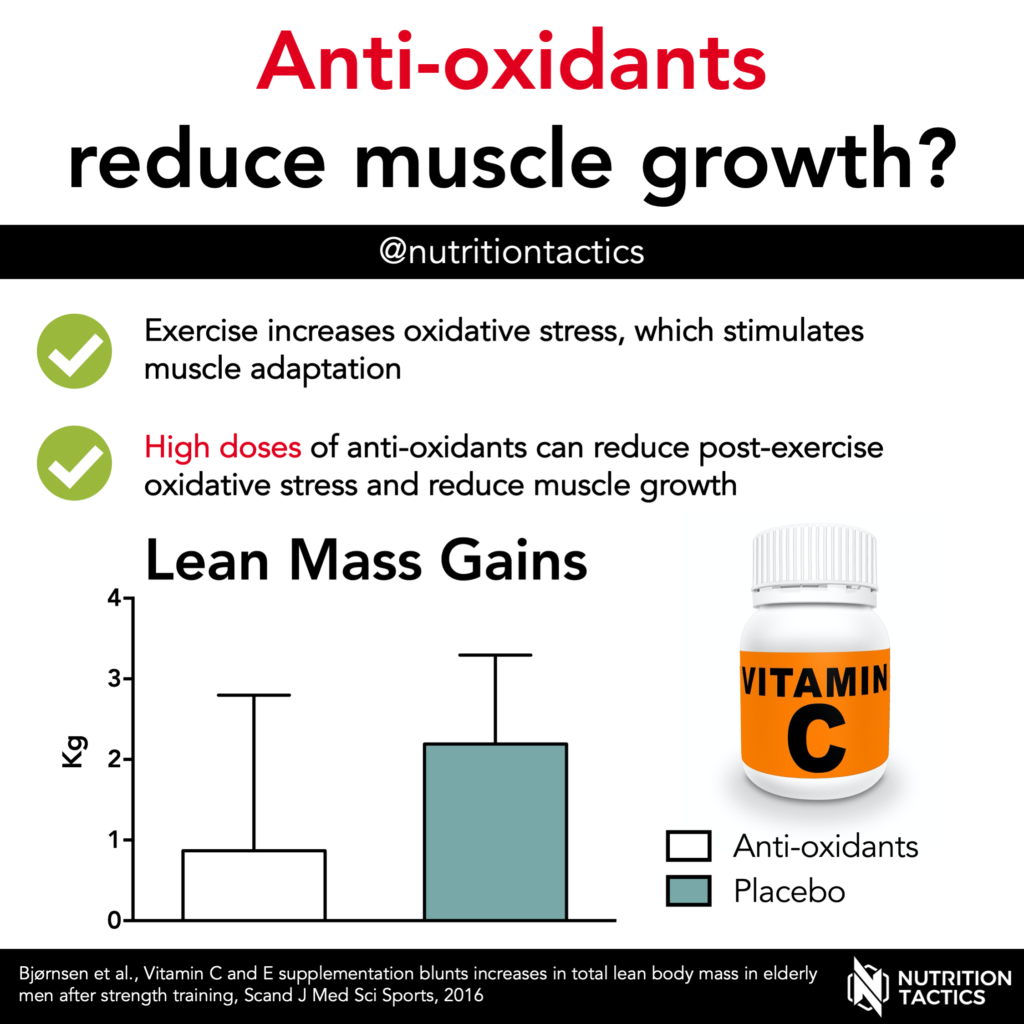
Credit: www.nutritiontactics.com
Flexibility And Mobility
Stretching helps muscles stay flexible. It also helps them stay strong and healthy. Regular stretching can reduce injuries. It improves your performance in physical activities. Stretching can also help you relax. Make sure to stretch all major muscle groups. Hold each stretch for about 30 seconds. Never bounce while stretching. Stretching should feel good, not painful.
Yoga and Pilates improve flexibility and strength. They focus on controlled movements and breathing. Yoga involves various postures and stretches. Pilates focuses on core strength and stability. Both practices can reduce stress. They can also improve mental clarity. Try a class or follow an online video. Consistency is key for the best results.
Monitoring Progress
Tracking your progress is essential to effectively reduce muscle building. Regular assessments help adjust workouts and nutrition plans for optimal results.
Tracking Workouts
Keep a workout journal to track your exercises. Write down the sets, reps, and weights used. This helps you see your progress over time. Use apps or spreadsheets for better tracking. Always note how you feel after each workout. This can show if you are overtraining.
Adjusting Goals
Review your goals every month. Adjust them based on your progress. If you hit a goal, set a new one. Make sure your goals are realistic and achievable. This keeps you motivated. Sometimes, you may need to reduce the intensity. This helps to avoid injuries.

Credit: www.amazon.com
Professional Guidance
Personal trainers help you build muscle safely. They create customized workout plans. They also teach you the correct form. This reduces the risk of injury. Personal trainers offer motivation and support. They keep you on track with your goals. Regular sessions with a trainer can help you see results faster.
Physical therapists help you recover from injuries. They design rehabilitation programs. These programs are tailored to your needs. Therapists teach you exercises to strengthen weak muscles. This helps prevent future injuries. They also provide hands-on treatments. These treatments reduce pain and improve mobility. Working with a physical therapist ensures a safe and effective recovery.
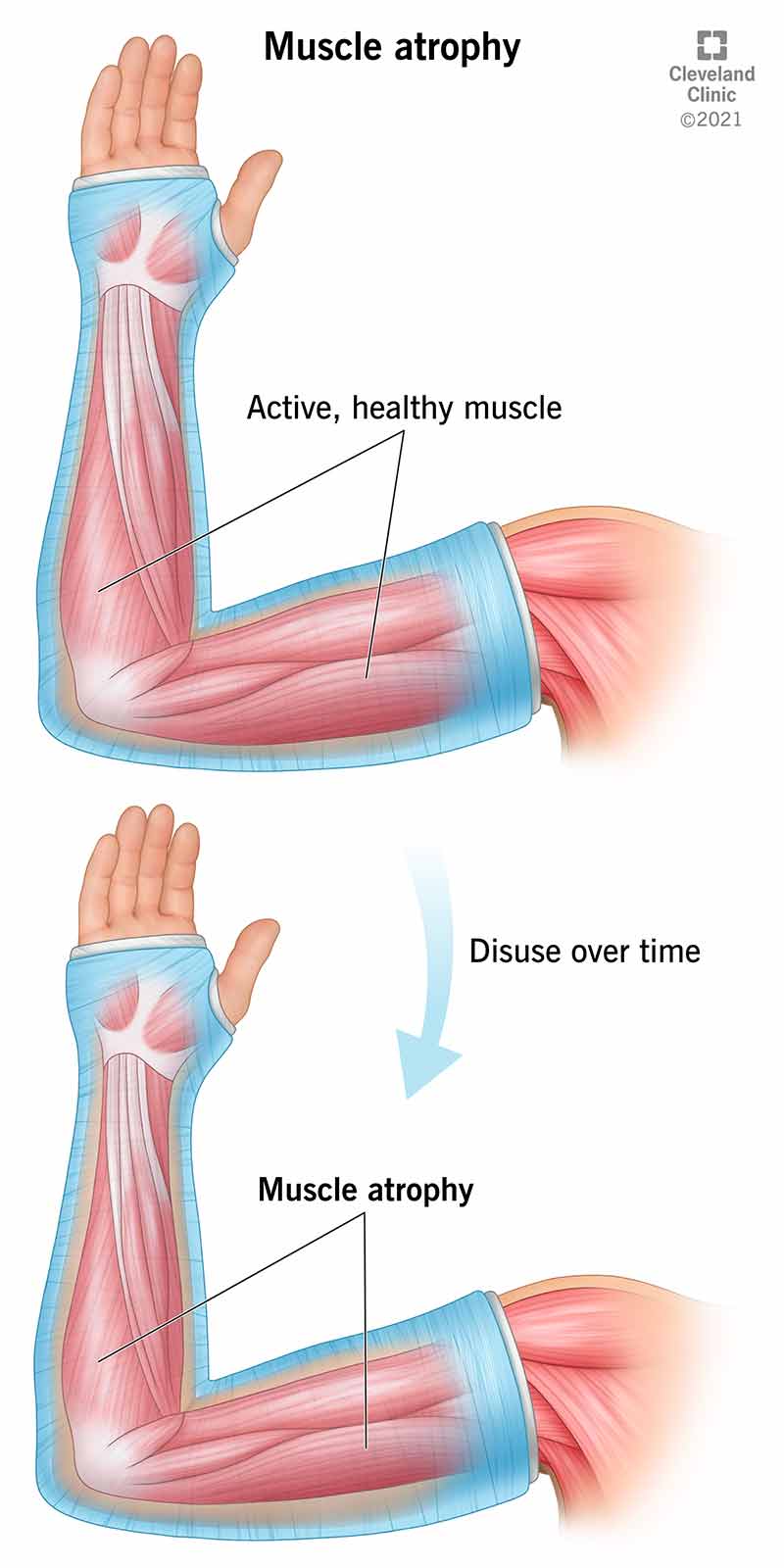
Credit: my.clevelandclinic.org
Frequently Asked Questions
How Can I Reduce Muscle Mass?
To reduce muscle mass, focus on a calorie deficit diet, reduce protein intake, and engage in more cardio exercises. Avoid heavy weightlifting and prioritize lighter weights with higher repetitions.
Does Cardio Decrease Muscle Size?
Yes, consistent cardio can help decrease muscle size. It burns calories and can reduce muscle mass over time. Focus on activities like running or cycling.
What Foods Reduce Muscle Growth?
Foods low in protein and high in carbohydrates can reduce muscle growth. Opt for fruits, vegetables, and grains while avoiding high-protein foods like meat and dairy.
Is Yoga Good For Reducing Muscles?
Yes, yoga can help reduce muscle size by improving flexibility and endurance. It focuses on bodyweight exercises rather than heavy lifting, which can lead to muscle reduction.
Conclusion
Achieving muscle reduction requires dedication and strategy. Implement consistent workouts, balanced nutrition, and proper rest. Focus on sustainable habits for long-term success. Remember, patience is key. By following these tips, you can effectively manage muscle building and maintain a healthy physique.
Start your journey today and see the results.

